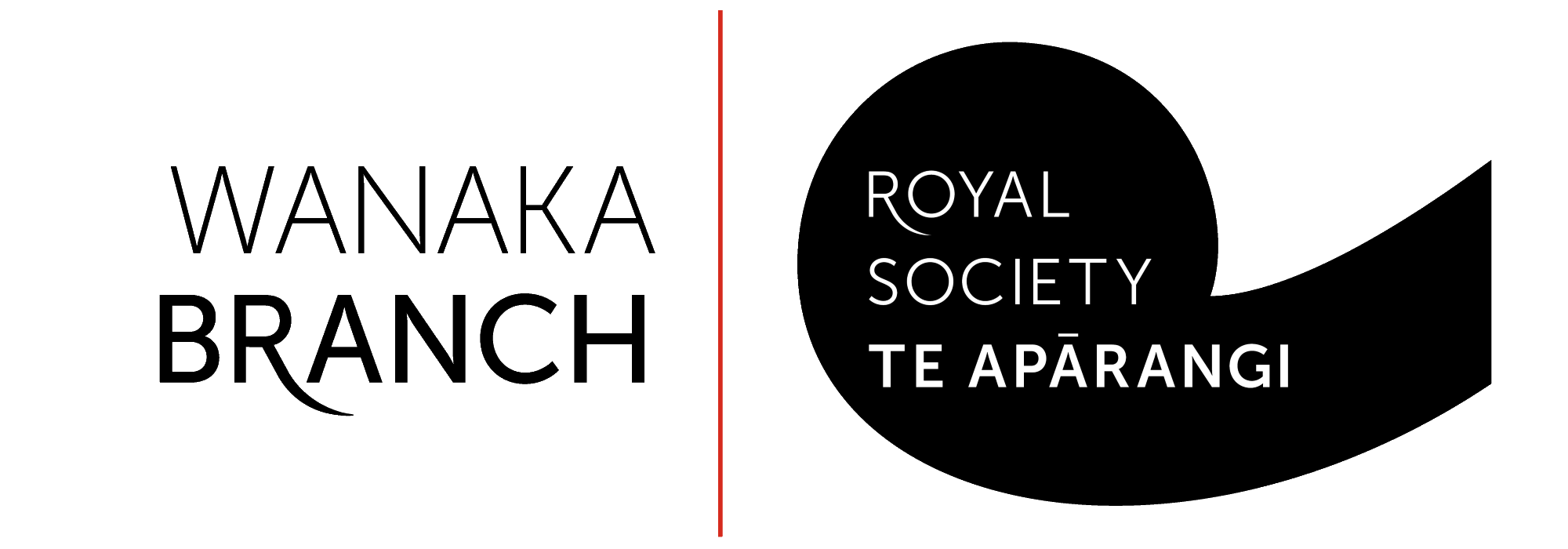Friday 17 August 2018, 6.00pm, Presbyterian Church Hall, 91 Tenby St, Wanaka.
Dr Michael Jack, Director of Energy Management Programme, Physics Department, University of Otago.
Variable generation from renewable sources (e.g. wind and solar) and acute peaks in electricity demand are increasingly challenging for electricity systems, especially when combined with ageing and constrained local networks. These issues are likely to intensify due to increasing uptake of grid-connected technologies (e.g. photovoltaics, electric vehicles) and future electrification of transport and heating. NZ is already facing these difficulties due to its current ~80% renewable generation, accelerating uptake of novel technologies and the government’s goal of 100% renewable generation and carbon neutrality. In this presentation, based on research carried out as part of the GREEN Grid research programme, I will argue that we need to harness innovations in grid-connected technologies, ICT and new business models to link generation, storage and demand. This link can be used to provide ‘flexible’ energy services that shift consumption away from periods of peak demand and respond to variable supply from renewables, thus providing a least-cost pathway to a low-carbon energy system. A number of concrete examples of flexible energy services in the residential sector will be discussed.
Dr Michael Jack is Director of its Energy Management Programme in the Physics Department at the University of Otago. He is a theoretical physicist with a broad range of interests in both fundamental and applied topics. Michael has had experience in a wide variety of research contexts ranging from fundamental physics to commercially-focused energy research. He currently leads the demand side stream of the MBIE-funded GREEN Grid research programme. This work aims to understand current patterns of electricity use in households, how new technologies like smart appliances, smart meters and photovoltaics might influence these patterns, and how flexibility in energy end use might enable greater uptake of variable renewables.

